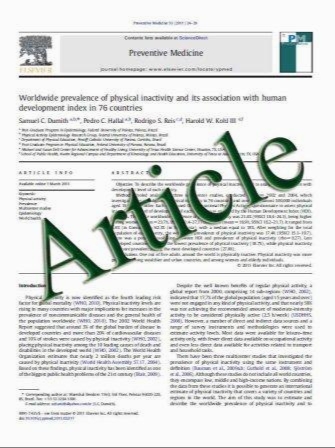Root and canal morphology of Indian maxillary premolars by a modifi ed root canal staining technique
- نوع فایل : کتاب
- زبان : انگلیسی
- مؤلف : Prasanna Neelakantan · Chandana Subbarao Roshni Ahuja · Chandragiri Venkata Subbarao
- چاپ و سال / کشور: 2010
Description
The aim of this study was to investigate the root and canal morphology of maxillary fi rst and second premolars in Indians by a modifi ed canal staining and tooth clearing technique. Maxillary fi rst (350) and second (350) premolars were collected, and the morphology and number of roots analyzed. After cleaning, the teeth were immersed in India ink and placed in a hyperbaric oxygen chamber at 0.6 MPa for 2 h. The teeth were then demineralized and cleared. Digital images of the teeth were examined under magnifi cation to evaluate the number of root canals, root canal system confi gurations, number of apical foramina, and intercanal communications. Root canal confi gurations were identifi ed based on Vertucci’s classifi cation and Gulabivala’s additional classes. The most common root morphology of the fi rst premolars was the classical two separate root morphology (a Caucasian trait) and that of the second premolars was a single-root morphology (a Mongoloid trait), though other morphologies such as singlerooted fi rst premolars and three-rooted fi rst and second premolars were also identifi ed. A “radiculous” fi rst premolar was identifi ed in two samples. The buccal roots of the fi rst premolar showed the maximum variation, the most common being type I (Vertucci’s classifi cation), followed by type IV. The highest incidence of intercanal communications was found in the single-rooted fi rst premolars. All roots exhibiting type IV and V canal confi gurations showed two separate apical foramina, while additional type 2–3 canal confi gurations showed three separate apical foramina. The root number and morphology as well as the canal morphology of Indian maxillary premolars showed both Mongolian and Caucasian traits.
Odontology (2011) 99:18–21 DOI 10.1007/s10266-010-0137-0 Received: January 19, 2010 / Accepted: May 5, 2010


